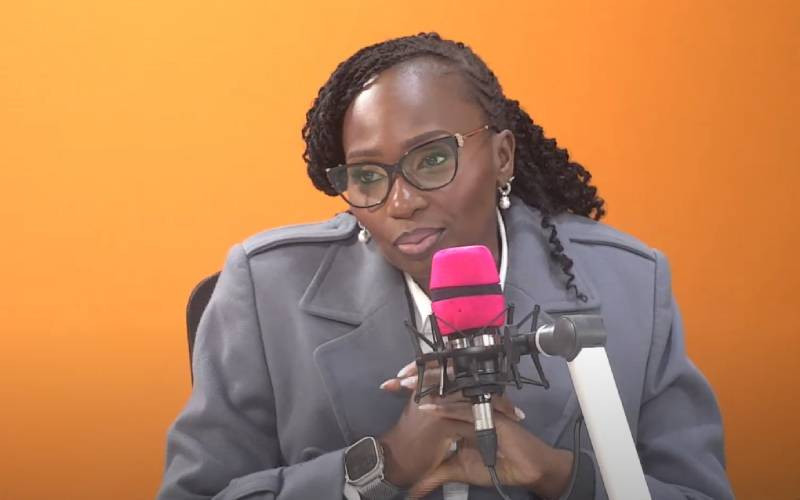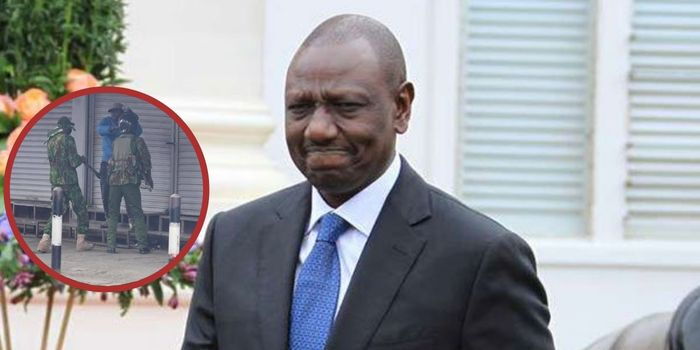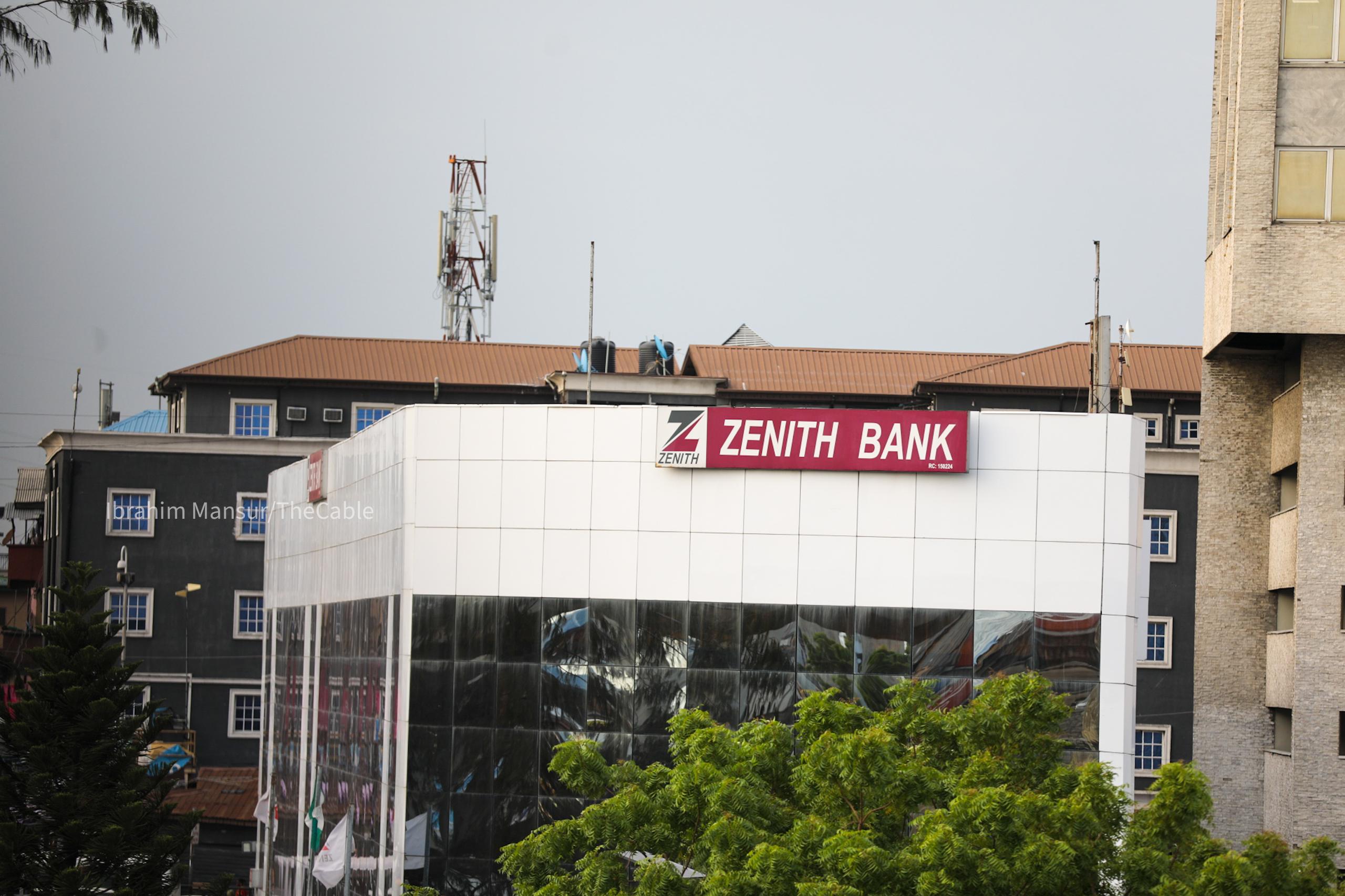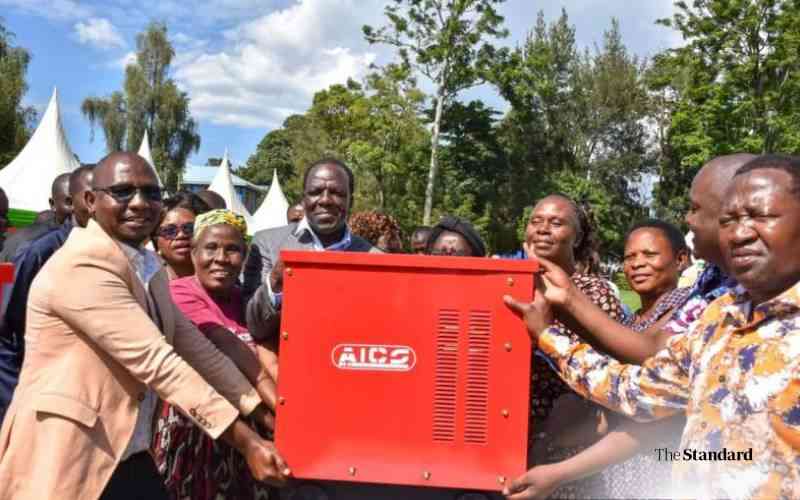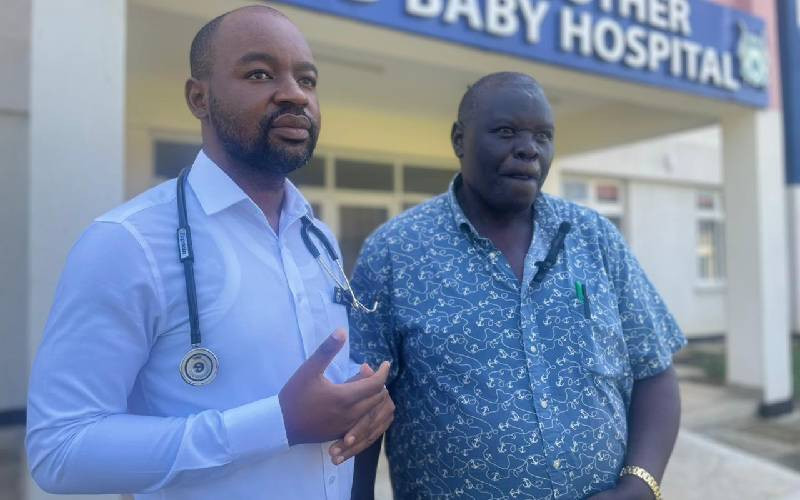Sh1 billion Aquaculture centre set to transform fish farming in Kakamega

The Kenya Marine and Fisheries Research Institute (KMFRI) is set to establish a Sh1 billion Research and Farmers Training Centre in Mumias West, Kakamega County, to boost aquaculture ventures in the Western Region.
Kakamega will be the third county, after Mombasa and Kisumu, to host a KMFRI facility.
During a public participation forum held at Kakamega Social Hall and convened by the County Assembly, residents hailed the proposed project as a game-changer for the region's blue economy potential.
"We have our own Kakamega Fish Plant but with the establishment of this facility as farmers and locals we welcome the move because it is going to turn around our venture, boost our economic standards and uplift our lives and therefore we endorse the establishment of the facility," said James Olaka, Mumias West resident.
Isaac Jirau from Likuyani called on the county government to fast-track construction, while Nancy Obilo from Lurambi noted it would benefit youth seeking practical skills.
Zeddy Gilbert from Mumias urged KMFRI to consider reviving stalled fish ponds and providing modern fish farming technologies to increase productivity.
The proposed centre will focus on freshwater fisheries research, aquaculture farmer training, fish feed processing, hatchery management, and value addition.
According to members of the Agriculture Committee in the County Assembly, the facility is expected to serve Kakamega and neighbouring counties within the Lake Region Economic Bloc (LREB), significantly strengthening the region’s position in the blue economy.
“This project will serve all counties around Kakamega,” said Timothy Anzetse, MCA for Lubinu/Lusheya Ward and the Chair of the County Assembly Committee on Agriculture, Livestock, Fisheries, and Cooperatives.
He added, “It’s only the third of its kind in the country. The centre will help our youth not only gain agricultural knowledge but also secure meaningful employment in aquaculture.”
KMFRI has signed a five-year Memorandum of Understanding (MoU) with the County Government of Kakamega, paving the way for construction to begin.
According to Dr Barack Otieno, Chief Officer in charge of Resource Mobilisation and Partnerships, 25 hectares of public land have been secured at Matawa along River Nzoia in Mumias West Sub-County.
Otieno said a five-year Memorandum of Understanding (MoU) between the Kenya Marine and Fisheries Research Institute (KMFRI) and the County Government of Kakamega was signed on 28 January 2025 to guide the implementation of the proposed aquaculture research and training centre.
“One of the key conditions of the MoU was that sufficient government land be identified for the project, and we have secured 25 hectares of public land at Matawa, along River Nzoia in Mumias West Sub-County. The project is valued at KSh1 billion and will be rolled out in phases," said Otieno.
Dr Otieno added that funding for the centre will be drawn from a mix of donor support, research grants, member contributions, subscriptions, and other sources aligned with the objectives of the partnership.
Stay informed. Subscribe to our newsletter
He also noted that all sub-counties with rivers will host satellite stations to support the wider aquaculture programme.
Director of Fisheries, Mr Jonathan Masava, said Kakamega County has significant potential for fish farming due to its favourable climate and numerous rivers, many of which already support diverse fish species.
“KMFRI’s presence will be transformative, and it will function like KALRO but specifically for fisheries. It will help improve fish varieties for farming and even support the restocking of our rivers," said Masava.
The centre will feature modern infrastructure, including fingerling hatcheries, fish feed processing units, demonstration ponds, laboratories, administrative offices, and a dedicated training complex.
It aims to offer practical support to local fish farmers by linking them to improved inputs, technologies, extension services, and wider markets.
The project has also caught the attention of international development partners. The World Bank has expressed interest in supporting the initiative under its Blue Economy programme.
